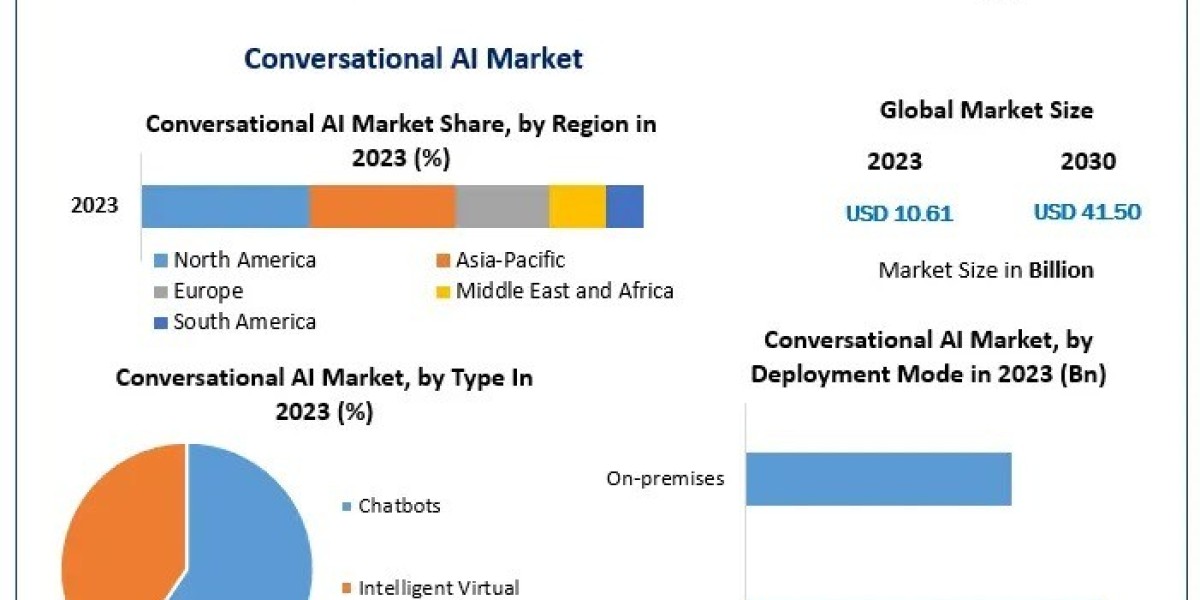As the world enters its third decade of the twenty-first century, the fields of Data Science and Business Analytics are continuing to revolutionize industries around the globe. The use of data science and Business Analytics has revolutionized the way organizations leverage data to inform decision-making and gain an advantage over competitors.
The transformative potential of Data-driven Decision-Making (DDA) has already had a considerable impact on the development of various industries, but its momentum is far from abating. As the year 2023 draws to a close, these fields are projected to experience significant growth due to the development of new technologies, the proliferation of data sources, and the prevalence of data-centric approaches across various industries.
This article will provide an overview of the predictions and trends that will shape the landscape of data science and Business Analytics in 2023 and subsequent years, emphasizing how these fields are set to transform our world and spur innovation across industries: -
- Boost in the growth of Big Data :
The increase in the number of connected devices and IoT sensors, as well as the growth of social media interactions, will contribute to the exponential expansion of big data.
Furthermore, Edge computing will make it possible to process and analyze data in real-time at the edges of networks, cutting down on latency and improving the performance of data-intensive applications.
- Augmented Analytics takes the center stage,
AI and machine learning-powered augmented analytics have become increasingly popular in recent years, and by 2023, augmented analytics (Augmented analytics is the process of using AI and machine learning to automatically prepare, analyze, and visualize data, giving users actionable insights and accelerating decision-making.) will take over as the main driver of data analytics. By automating the process of preparing data, generating insights, and visualizing data, business users will be able to access complex data insights with ease.
Not only will augmented analytics make decision-making easier, but it will also make data analysis more accessible to the general public, allowing non-specialists to use data to inform strategic decisions.
III. The emergence of Data Fabric Architecture
Organizations will increasingly look for solutions that are more flexible and scalable in order to effectively manage and process their data as it continues to expand at an exponential rate. This is where the data fabric architecture comes into play, as it is designed to provide a comprehensive approach to integrating, managing, and analyzing data across multiple platforms and operating environments.
Data fabric offers a unified approach to data, allowing for easier access, improved team collaboration, and the ability to make decisions in real-time, thus increasing business efficiency and innovation.
- Edge-computing and Real-time Analytics
As the number of IoT devices continues to grow, so, too, does the amount of data produced at the periphery of networks. In the next five years, edge computing is expected to become an integral part of both data science and enterprise analytics, allowing for closer processing and analysis of data.
By harnessing the power of IoT data in real-time, businesses will be able to make decisions quickly and accurately based on data, allowing for more agile and self-reliant systems in a variety of industries, such as manufacturing, healthcare, transportation, and agriculture.
- Increased Hybrid cloud adoption for scalability and flexibility,
Cloud computing is here to stay, but in the year 2023, hybrid cloud is going to be the way to go. Hybrid cloud is a combination of private and public clouds that give you more flexibility, scalability, and security. It's a great way for data scientists and businesses to keep their sensitive info on private clouds while using the huge computing power of public clouds for analysis and machine learning. It makes data processing easier and makes it easier for teams to work together across different locations.
- The rise of Data Science as a Service (DSaaS),
Data Science as a Service (DSaaS) is going to be all the rage in 2023 as companies try to figure out how to get ahead of the talent crunch and get their data-driven projects going faster. With DSaaS, companies can get their data up and running quickly with pre-built models, tools, and pipelines that make it easy to do advanced analytics without having to hire a lot of people in-house. It doesn't matter how big or small your business is, you can use DSaaS to get the data you need to make the most of your digital transformation.
VII. Personalization and Customer-Centric Analytics,
By 2023,
customer-centric analytics will be an essential part of every business strategy. As customers expect more personalized experiences, the use of data science to understand customer behavior and preferences will be essential.
By 2023,
companies will use sophisticated techniques such as sentiment analysis, (Natural Language Processing) NLP and recommendation systems to provide hyper-personalized products and services, increasing customer loyalty and promoting brand advocacy.
VIII. Blockchain for Enhanced data security,
Blockchain technology is set to become an integral part of data science and enterprise analytics, particularly in terms of data security and data integrity. The decentralised and tamper-resistant nature of blockchain will provide new opportunities to establish secure data-sharing systems.
Blockchain can be used to ensure that data used in analytics is kept transparent and auditable, thus guaranteeing its authenticity and reliability. This will be of particular importance for industries that handle sensitive data, including finance, healthcare and supply chain management.
In Conclusion,
The Future of Data Science and Business Analytics in 2023 and Beyond Technological innovation, ethical principles, and personalized experiences will shape the future of business analytics and data science. Some of the key trends to watch for in 2023 include Augmented Analytics, Ethical AI, Data Fabric Architecture, Edge Computing, and Hybrid Cloud adoption.
As organizations continue to adopt data-driven decisions, the role of the data scientist and analytics professional will change. They will focus on harnessing the full power of emerging technologies while maintaining ethical data practices.
By staying up-to-date with these trends and integrating data science into their strategy, organizations can stay ahead of the curve and lead the world into a data-driven future. User Augmented analytics in a nutshell Augmented analytics is the use of AI and machine learning to automatically prepare, analyze, and visualize data to provide actionable insights for faster decision-making.



